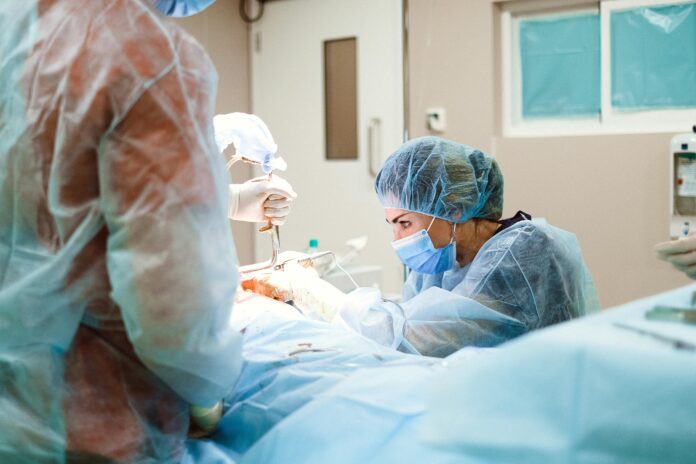For many Canadians, the wait for a life-saving organ transplant can be excruciating. The stark reality is a critical shortage of donor organs. In 2023 alone, over 3,400 transplants were performed in Canada: a mere fraction of the need, according to the Canadian Institute for Health Information.
Traditionally, organs came from brain-dead donors. However, organs from those with circulatory death are often unusable due to lack of oxygen and blood flow.
Now, a groundbreaking technique from Lawson Health Research Institute in London, Ontario, is offering renewed hope. Dr. Anton Skaro leads the team using abdominal normothermic regional perfusion (A-NRP), significantly increasing donor organ viability.
The organ shortage crisis
Skaro highlights the severity of the organ shortage to Global News: “There are just not enough organs […] Patients die every year on the wait-list.”
He emphasizes the generosity of potential donors and their families, but acknowledges the limitations.
“There are many donors and donor families with wonderful intentions,” he says. “Unfortunately, through the dying process, many of those organs are just too damaged.”
A-NRP offers a solution. This technique essentially gives organs a second chance after circulatory death.
Skaro explains, “After death declaration, there’s a mandatory five-minute […] hands-off period […] to reduce the likelihood that the patient can auto-resuscitate spontaneously.”
Following this, the medical team transports the deceased to the operating room. There, a crucial step occurs: blood is circulated to the abdominal organs.
This innovative approach pumps oxygenated blood back into the organs, mimicking their natural function. Skaro elaborates on the benefits: “We’re able to get rid of many of the toxic agents that are circulating within the organs that compromise their function.”
Early success and looking ahead
The first successful A-NRP implementation in Canada occurred in April 2024. Skaro’s team used this technique to prepare organs from two donors, resulting in successful transplants of two kidneys and two livers.
The impact extends beyond just numbers. Skaro emphasizes the potential for improved organ quality: “We’re using these amazing techniques, thinking outside the box to try and solve our organ shortage problem.” This translates to potentially better outcomes and a higher quality of life for transplant recipients.
While currently limited to abdominal organs, researchers are exploring the possibility of applying A-NRP to thoracic organs like hearts and lungs. This future expansion could have a transformative impact on organ transplantation, offering hope to an even wider range of patients.
A-NRP signifies a medical breakthrough and a testament to the dedication of Canadian medical professionals who strive to give patients a second chance at life.








































